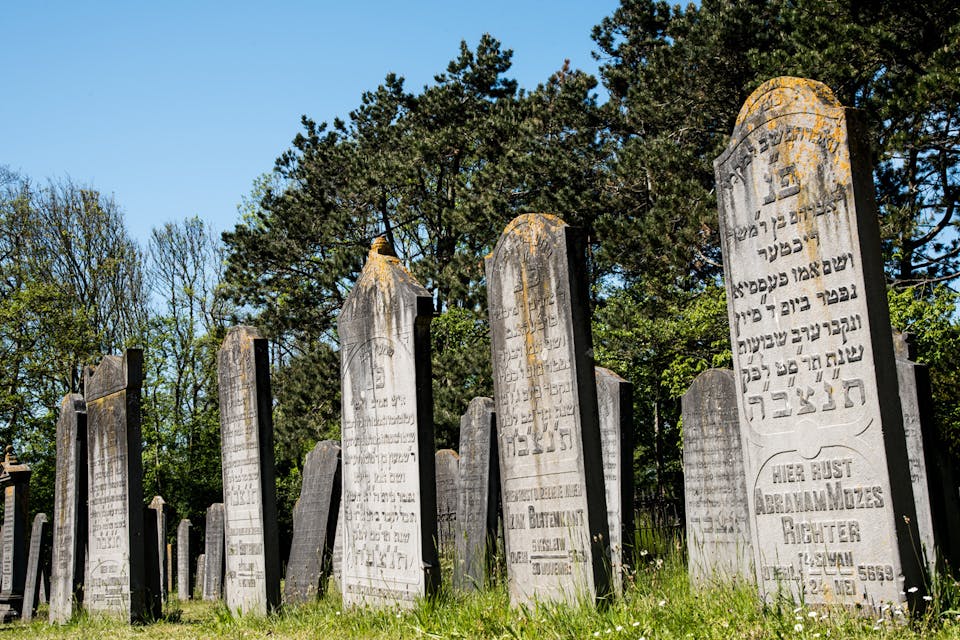
July 14, 2021
How Should I Spell My Mother’s Name on Her Gravestone?
By PhilologosMy late mother Pesya was the youngest child of immigrants to America from Kiev and Odessa, one reader writes. Here's the story of her name.
James B. Applebaum writes:
My late mother was the youngest child of immigrants to America from Kiev and Odessa. Her parents and siblings called her Pessy or Peshy. Her two grandfathers were named Peretz and Pesach, and I once thought her real Hebrew name might be Pesach, too, even though that’s a man’s name and would be odd for a woman. Even when she told me it was Pesya, I at first doubted it, since this was a name I was unfamiliar with. Now, I need to know how to spell it in Hebrew characters in order to have it carved on her gravestone. Can you help me?
Spelling Pesya, which indeed is a girl’s name that was not uncommon among Yiddish-speaking East European Jews, is not in itself a problem. It’s פסיה, Peh-Samekh-Yod-Heh. It would only become a problem if it were deemed important that the name on the gravestone be a genuine Hebrew one, because Pesya is a corruption of the Hebrew Basya (in its Ashkenazi form) or Batya (in its Sephardi and Israeli form), spelled בתיה, Bet-Taf-Yod-Heh. And to complicate matters further, though it wouldn’t affect the unvoweled Hebrew on a gravestone, Batya in the vocalized Masoretic text of the Bible appears as Bitya. Moreover, since the Hebrew phoneme represented by the letter Taf was most likely articulated in ancient times like the “th” of English “thin,” the name has traditionally appeared in Bible translations, including English ones, as Bithiah.